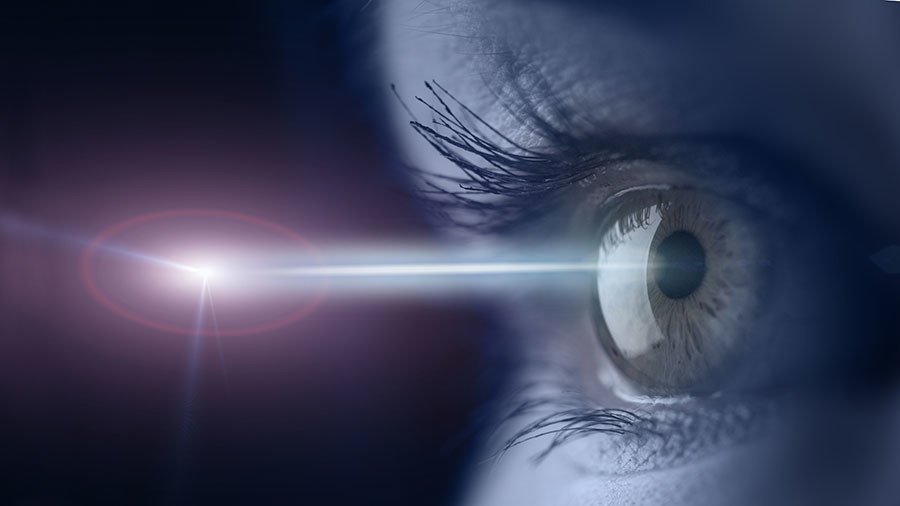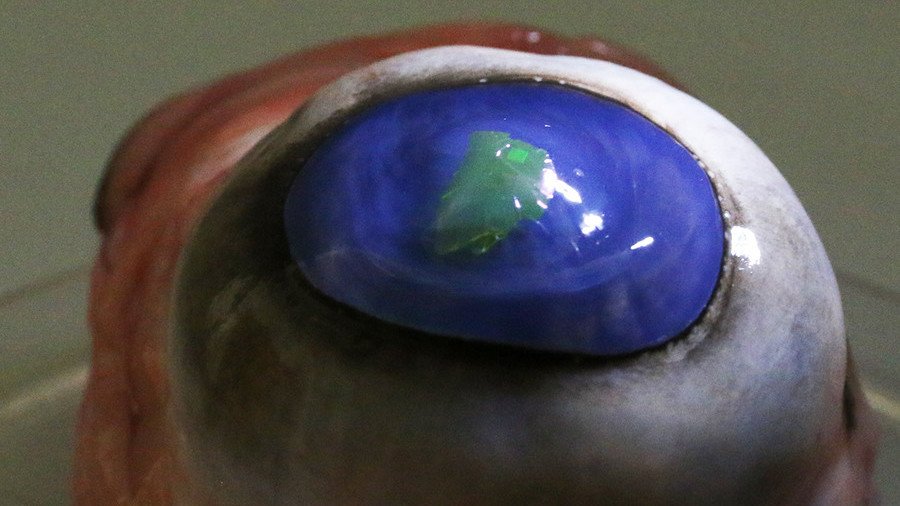Laser beams that shoot from your eyes could soon be a reality (GRAPHIC PHOTO)

Superman could shoot laser beams from his eyes, as could the X-Men’s Cyclops – though he had trouble keeping it under control. Researchers from the University of St Andrews, however, have the superpower very much in their grasp.
The research group has created an ultra-thin membrane laser using organic semiconducting polymers, similar to the films which activate the pixels in smartphones. The tiny devices are so thin, they can be placed right onto contact lenses.
READ MORE: Newly invented eyedrops could replace glasses altogether
Don’t count on striking down enemies with a cold hard stare just yet, though. For now the technology been demonstrated only on the eye of a dead cow, but the team believe that the power of the new lasers could be harnessed to provide a better form of security verification, such as a secondary layer of security for an iris scan.
They also believe that the flexible, ultra-thin lasers – less than a 1,000th of a millimeter thick – can be placed on bank notes, creating a distinctive binary barcode, scuppering the skills of forgers the world over.
“By varying the materials and adjusting the grating structures of the laser, the emission can be designed to show a specific series of sharp lines on a flat background – the ones and zeros of a digital barcode,” researcher Markus Karl explained in a university press release.

The laser is activated when a light source is shined on them, causing it to interact and fluoresce, the beam of which can then shoot out of the eye at a distance of some 50cm.
The team's research was published on Tuesday in the journal Nature Communications.
If you like this story, share it with a friend!













